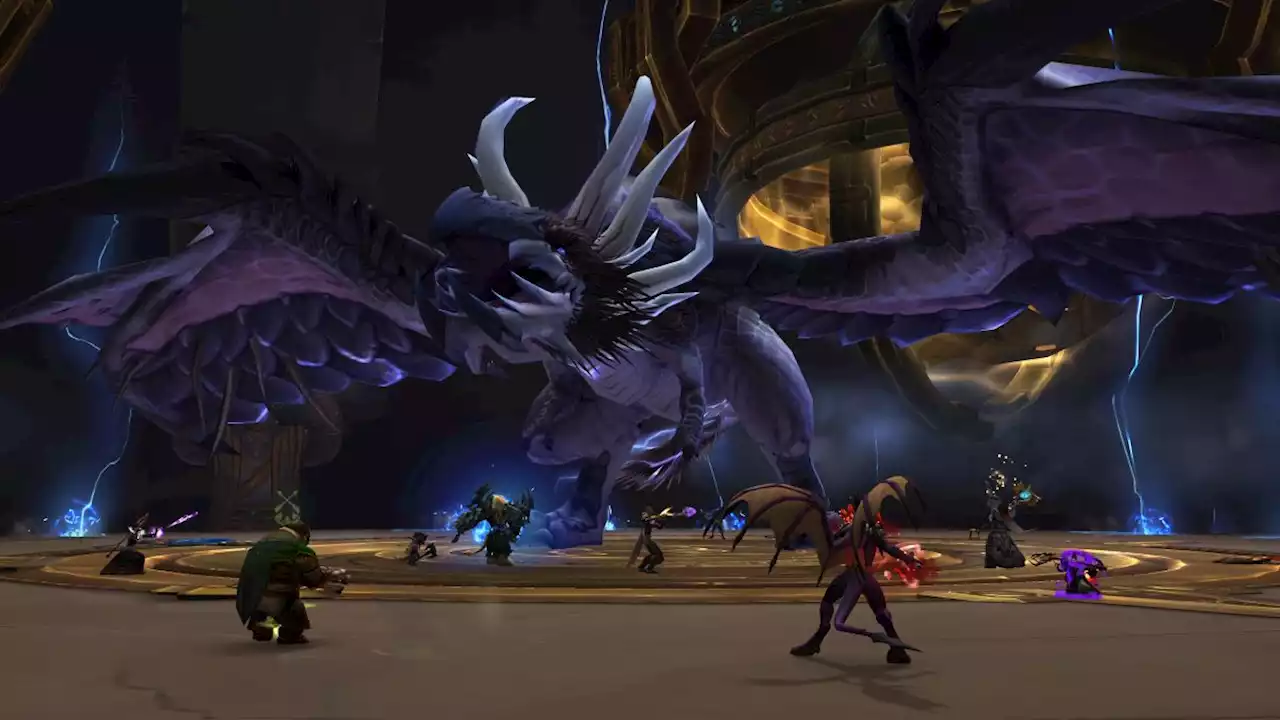The world’s most active volcano is the latest hotspot for this increasingly popular type of travel, which can come with risk and controversy 🌋
Mauna Loa: I joined ‘lava-chasing’ crowds in Hawaii and found volcano tourism features litterers and wonder
I’m driving along the Daniel K Inouye Highway, also known as Saddle Road, from Hilo, a town on Hawaii Island, toward the eruption site. On 28 November, y started erupting for the first time in 38 years. Three days later, I booked a flight from Honolulu to Hilo, and scrambled to find a last-minute hotel room. I wanted to experience this historic event., is now the most popular attraction in Hawaii. Thousands of people have been flocking here from around the world to witness the spectacle.
Visiting Mauna Loa is safe, officials say, as long as you follow protocols and stick to marked trails and viewing areas.In the last decade, fuelled by social media, volcano tourism has been booming around the world. So-called lava chasers have been swarming active volcano sites, some of them trespassing and ignoring safety barriers, to experience the wonder and snap epic photos and videos – including selfies with the natural drama as a backdrop – of active eruptions.
Ireland Latest News, Ireland Headlines
Similar News:You can also read news stories similar to this one that we have collected from other news sources.
 The history of the Race to World First in World of WarcraftBrush up on the RWF history ready for the new race next week.
The history of the Race to World First in World of WarcraftBrush up on the RWF history ready for the new race next week.
Read more »
 Neuroangiostrongyliasis: Global Spread of an Emerging Tropical DiseaseNeuroangiostrongyliasis (NAS) is an emerging parasitic disease caused by the neurotropic nematode Angiostrongylus cantonensis. Since it was first discovered, in rats in southern China in the 1930s, this tropical to subtropical parasite has spread to much of Southeast Asia, the Pacific Islands (including Hawaii), Australia, Japan, South America, the southeastern United States, the Caribbean, Africa, the Canary Islands, and the Balearic Islands. The parasite completes its natural life cycle in snails and slugs (intermediate hosts), and rats (definitive hosts). Humans become accidental hosts after ingesting infective third-stage larvae contained within uncooked or undercooked intermediate or paratenic hosts, an event that sometimes results in NAS, also known as rat lungworm disease. Although A. cantonensis larvae cannot complete their life cycle in humans, their migration into the brain and spinal cord combined with a powerful inflammatory reaction often leads to eosinophilic meningitis and can, in rare instances, lead to coma, paralysis, and death or, in other cases, chronic, disabling neurologic sequelae. Symptoms of NAS are diverse, which often makes it difficult to diagnose. Treatment may include administration of analgesics, corticosteroids, anthelminthics, and repeat lumbar punctures to reduce intracranial pressure. Unfortunately, few medical providers, even in endemic areas, are familiar with A. cantonensis or its epidemiology, diagnosis, and treatment. As the parasite continues to spread and NAS affects more people, medical practitioners, as well as the general public, must become more aware of this emerging zoonosis and the potentially devastating harm it can cause.
Neuroangiostrongyliasis: Global Spread of an Emerging Tropical DiseaseNeuroangiostrongyliasis (NAS) is an emerging parasitic disease caused by the neurotropic nematode Angiostrongylus cantonensis. Since it was first discovered, in rats in southern China in the 1930s, this tropical to subtropical parasite has spread to much of Southeast Asia, the Pacific Islands (including Hawaii), Australia, Japan, South America, the southeastern United States, the Caribbean, Africa, the Canary Islands, and the Balearic Islands. The parasite completes its natural life cycle in snails and slugs (intermediate hosts), and rats (definitive hosts). Humans become accidental hosts after ingesting infective third-stage larvae contained within uncooked or undercooked intermediate or paratenic hosts, an event that sometimes results in NAS, also known as rat lungworm disease. Although A. cantonensis larvae cannot complete their life cycle in humans, their migration into the brain and spinal cord combined with a powerful inflammatory reaction often leads to eosinophilic meningitis and can, in rare instances, lead to coma, paralysis, and death or, in other cases, chronic, disabling neurologic sequelae. Symptoms of NAS are diverse, which often makes it difficult to diagnose. Treatment may include administration of analgesics, corticosteroids, anthelminthics, and repeat lumbar punctures to reduce intracranial pressure. Unfortunately, few medical providers, even in endemic areas, are familiar with A. cantonensis or its epidemiology, diagnosis, and treatment. As the parasite continues to spread and NAS affects more people, medical practitioners, as well as the general public, must become more aware of this emerging zoonosis and the potentially devastating harm it can cause.
Read more »
 Morocco fans take over London streets as they celebrate World Cup win over SpainLondon-based Morocco fans took to the streets in the capital to show their pride at reaching the final eight of the tournament in Qatar. The fans have every right to be delighted as the nation reac…
Morocco fans take over London streets as they celebrate World Cup win over SpainLondon-based Morocco fans took to the streets in the capital to show their pride at reaching the final eight of the tournament in Qatar. The fans have every right to be delighted as the nation reac…
Read more »
 Ronaldo first down tunnel as Portugal teammates celebrate emphatic World Cup winCristiano Ronaldo was the first man down the tunnel after Portugal’s emphatic World Cup Round of 16 win over Switzerland. The 37-year-old was dropped from the starting XI by manager Fernando …
Ronaldo first down tunnel as Portugal teammates celebrate emphatic World Cup winCristiano Ronaldo was the first man down the tunnel after Portugal’s emphatic World Cup Round of 16 win over Switzerland. The 37-year-old was dropped from the starting XI by manager Fernando …
Read more »
 World of Warcraft: Dragonflight review-in-progressDragonflight, in both its fiction and its infrastructure, is a soft landing spot for lapsed players.
World of Warcraft: Dragonflight review-in-progressDragonflight, in both its fiction and its infrastructure, is a soft landing spot for lapsed players.
Read more »
